Pressure on Europe to change
Indeed, the US administration has been pressing NATO allies in Europe for years to increase defense spending, with former President Barack Obama’s defense secretary, Robert Gates, warning in a 2011 speech in Brussels of “the real possibility of a dim, if not bleak, future for the transatlantic alliance.”
Former President Donald Trump then increased US pressure, saying at a NATO meeting in 2018 that if Europe did not increase spending, “I will do my own thing” – widely interpreted as pulling the US out of NATO. Several former Trump advisers said he had discussed such a move with them.
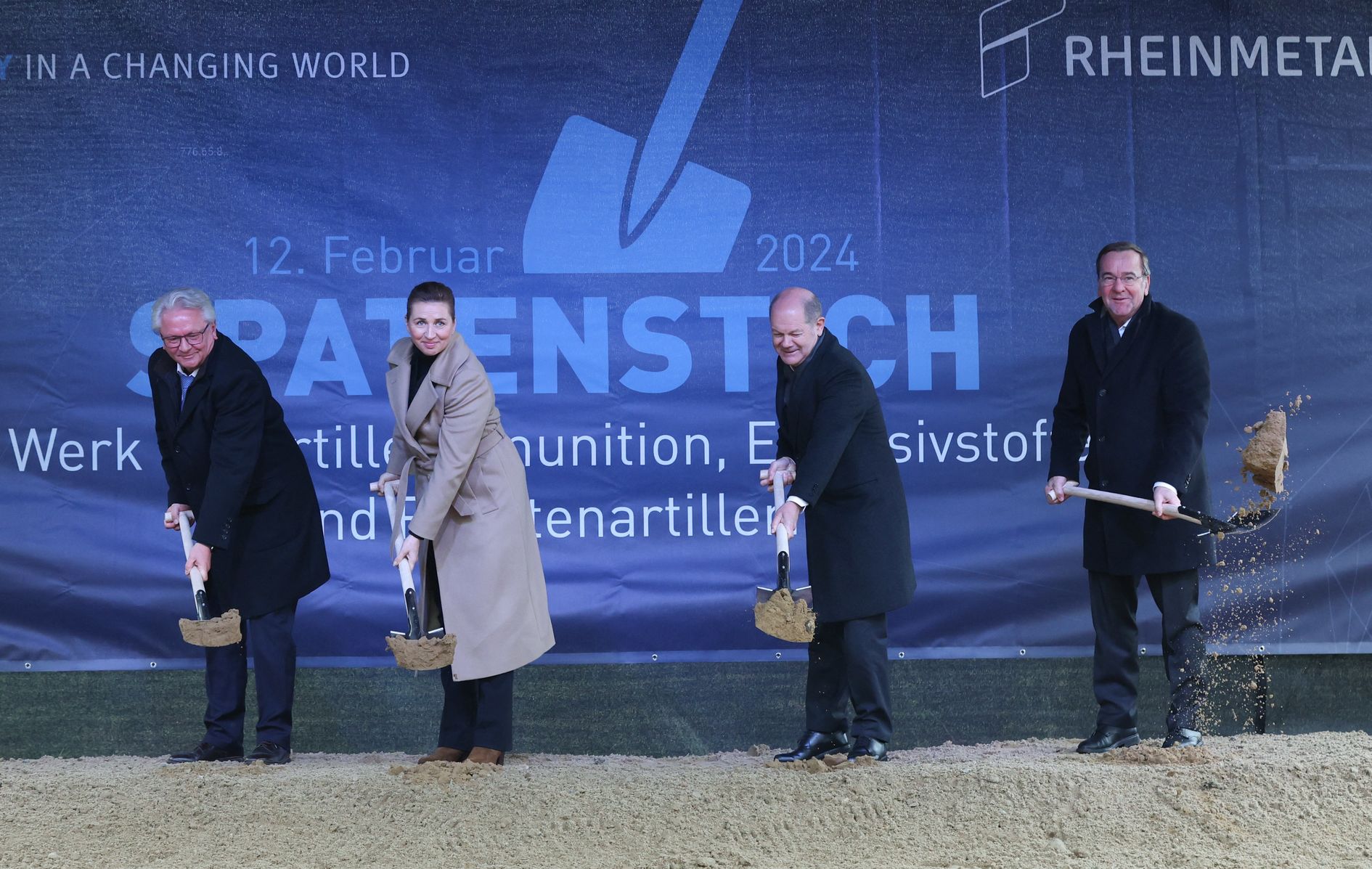
Danish Prime Minister Mette Frederiksen, German Chancellor Olaf Scholz and German Defense Minister Boris Pistorius break ground on a weapons factory in Germany - Photo: AFP
In recent campaign speeches, Mr. Trump has reiterated his call for increased European spending and said that if re-elected, he would not defend allies that fail to meet NATO defense budget promises.
Mr Trump’s remarks are reshaping the debate as pointing to a split in the US stance on international security alliances, a split evident in House Republicans’ recent blocking of military aid to Ukraine, Israel and several allies.
And European NATO members, already wary of a continental war and now unnerved by Mr Trump’s threats, have decided to change course. This year, for the first time in decades, European NATO members will collectively spend 2% of their gross domestic product on defence.
Secretary-General Jens Stoltenberg said total spending would reach $380 billion but could vary from country to country, with some countries above or below the threshold they agreed in 2014.
More urgent than ever
With the decision comes action. Arms manufacturers are working around the clock and new factories are springing up to meet demand. German Chancellor Olaf Scholz and Danish Prime Minister Mette Frederiksen broke ground on a new ammunition factory on Monday, one of many new or expanded facilities across the continent.
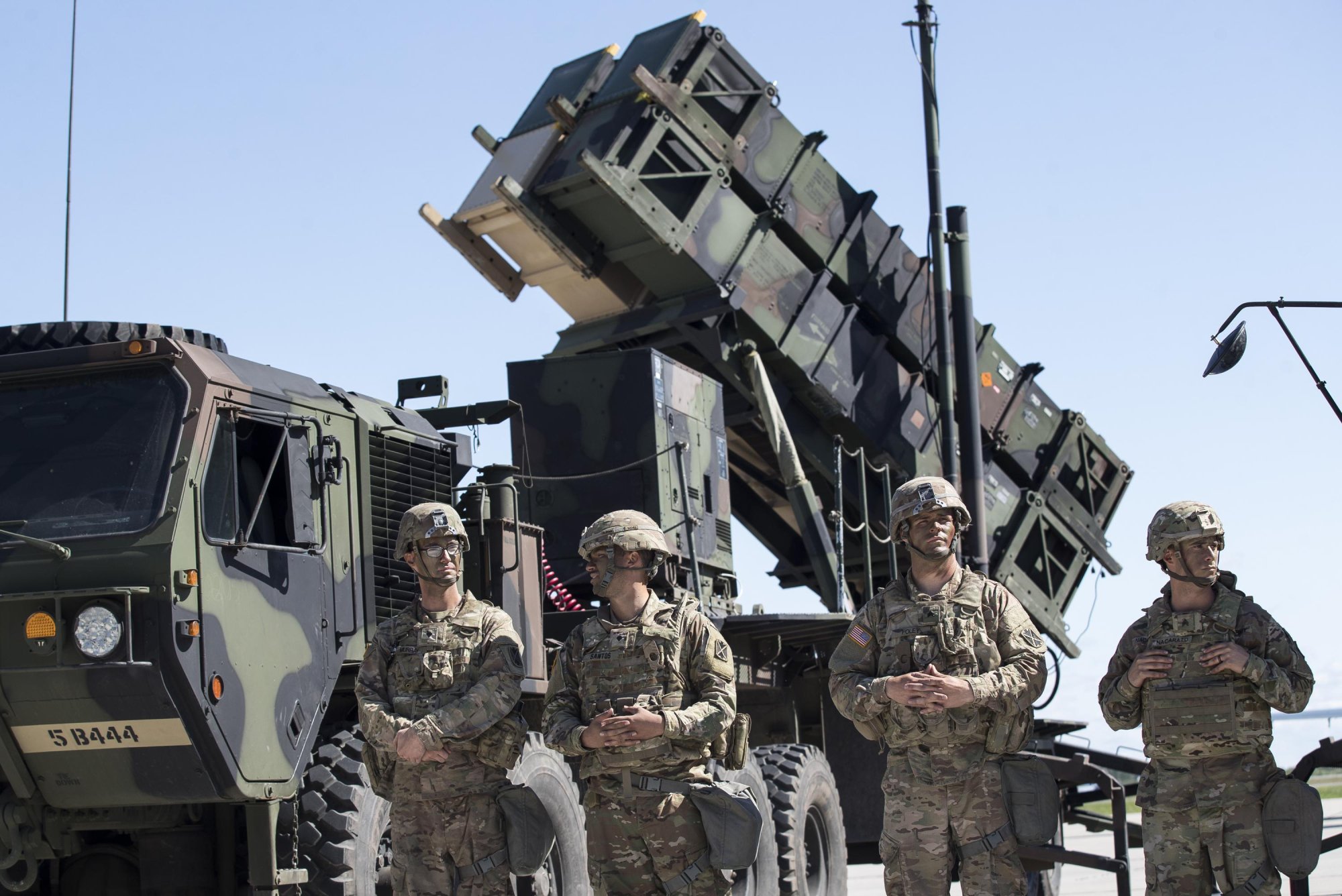
The US Patriot missile defense system is in strong demand from European governments - Photo: AP
NATO's procurement agency last month agreed to support Germany, Spain, the Netherlands and Romania in a deal worth about $5.6 billion to buy up to 1,000 Patriot missiles, to be produced at a new European factory being built by U.S. arms contractor RTX and European missile maker MBDA.
European Union (EU) Commissioner for Internal Market Thierry Breton attended a regular meeting of NATO ambassadors on Tuesday to discuss coordination of defense production and procurement between the two international organizations with more than 20 common members.
German Chancellor Olaf Scholz met French President Emmanuel Macron and Polish Prime Minister Donald Tusk on Monday to push for European defense production plans, which could potentially include the EU issuing bonds to finance expansion, as the bloc has done to finance its economic recovery from Covid-19.
“The increase in European arms supplies is an untold story,” said Camille Grand, former NATO assistant secretary general for defense investment.
It may still be too little, too late.
Still, these moves may not be enough to sway critics who say they are too little, too late and come after decades of underinvestment that have weakened European militaries.
And Europe’s spending targets may be even more controversial: Nearly two-thirds of the money European governments have pledged to buy military equipment over the past two years has gone to American contractors, according to the French think tank IRIS. American F-35 fighter jets, HIMARS missile launchers and Patriot missile defense systems are in strong demand from European governments.
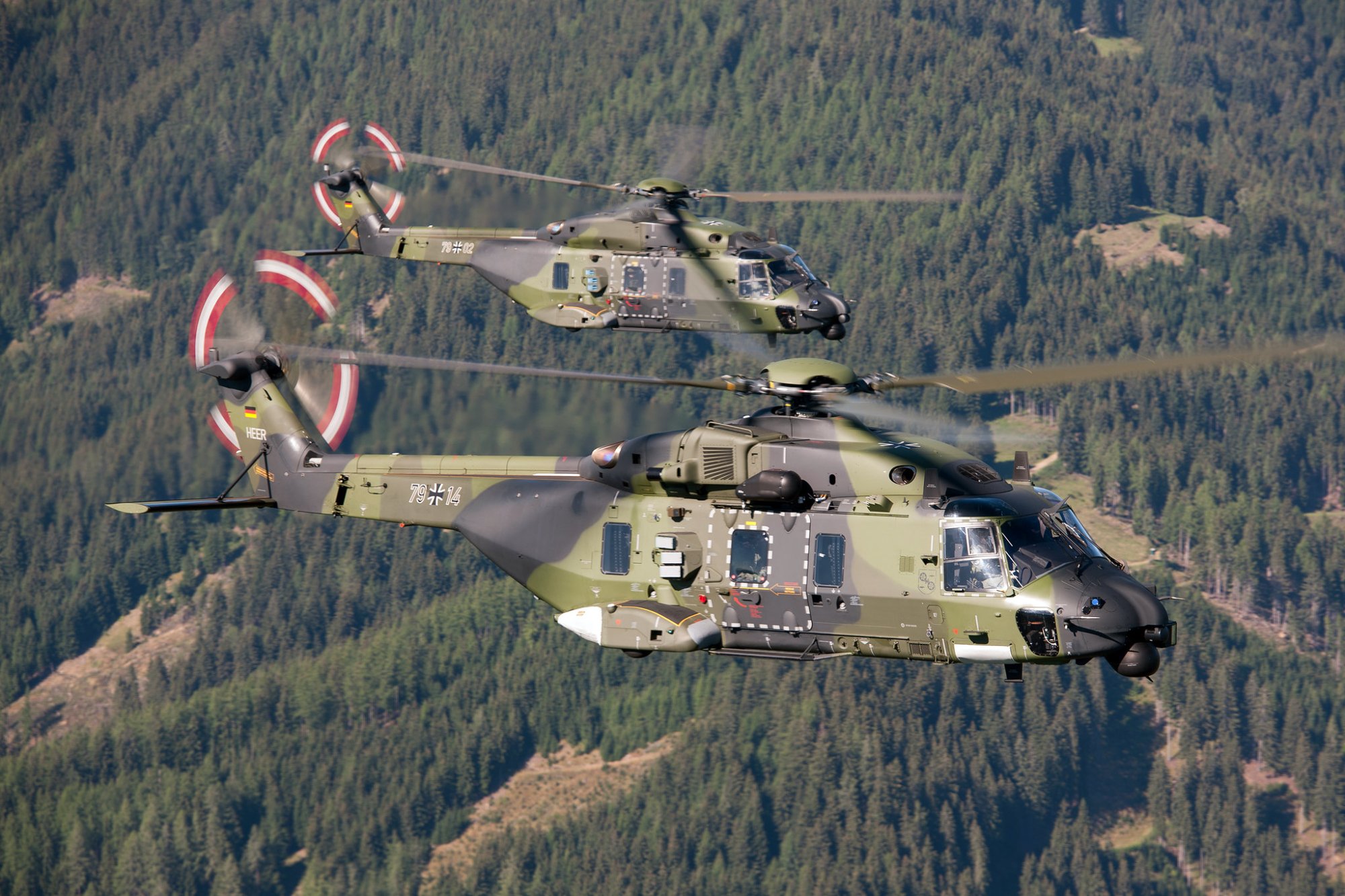
The European-made NH90 military helicopter has more variants than its customer countries - Photo: GI
EU planning bodies have long tried unsuccessfully to reduce nationalism and competition among the bloc's arms makers, which now causes duplication, waste and production shortages of some key equipment.
For example, the European-made NH90 military helicopter, once touted as a model transcontinental project, ended up having more variants than its customer countries. And this undermines product uniformity.
Meanwhile, according to Admiral Rob Bauer, a senior military official of NATO, the members of this bloc, including 28 countries in Europe, produce 14 different versions of 155mm artillery shells according to NATO standards.
The EU’s European Defence Agency said that joint purchases of equipment between members in 2021 – the most recent year for which data is available – accounted for only about 20% of total military purchases. The agency said these investments were less than a quarter of total defence spending that year.
Joint purchases of military equipment by EU members account for about 5% of their total military spending. The European Defence Agency said in its annual report last year that its members strongly prefer to buy off-the-shelf equipment rather than develop new systems, and most purchases come from outside the EU.
According to IRIS, a French think tank, defence purchases from outside the EU accounted for 78% of the money pledged by its members in the past two years, with the US accounting for 63%. And buying from outside the EU has one consequence: it weakens the bloc’s ability to build an arms industry.
Furthermore, maintaining Europe’s military spending growth could come at the expense of spending on welfare, health care and pensions, which is unlikely to last for many years, while the need to rebuild the military is urgent and will be extremely expensive.
Clearly, Europe has a long way to go and must make difficult choices if it wants to reduce its dependence on US military support and adapt to new geopolitical developments.
Nguyen Khanh
Source








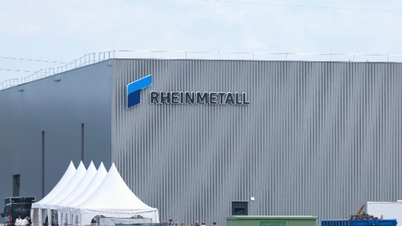
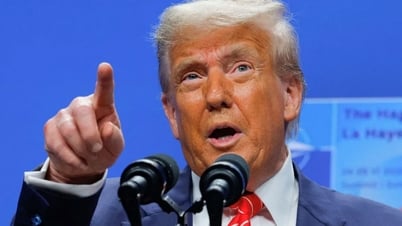

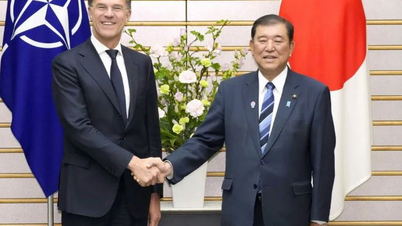

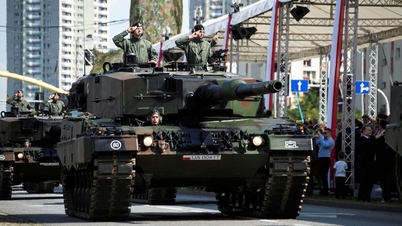

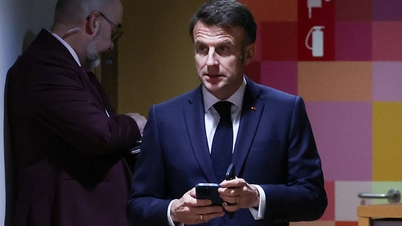
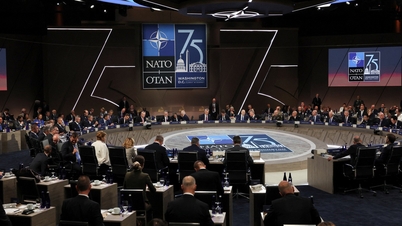






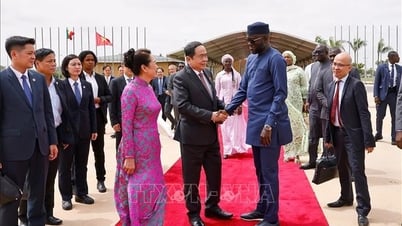








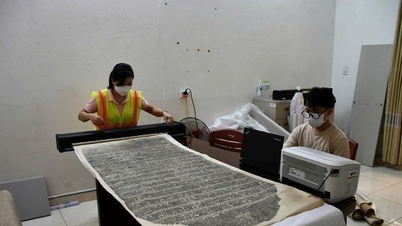

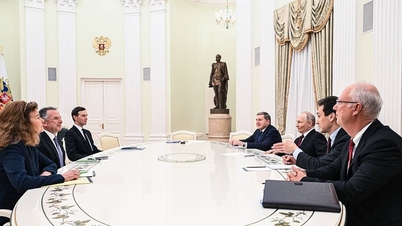
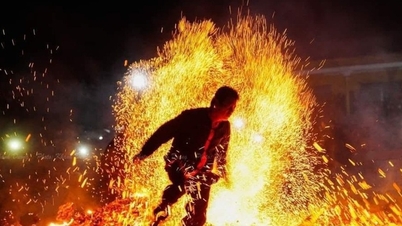

![[Photo] Worshiping the Tuyet Son statue - a nearly 400-year-old treasure at Keo Pagoda](/_next/image?url=https%3A%2F%2Fvphoto.vietnam.vn%2Fthumb%2F1200x675%2Fvietnam%2Fresource%2FIMAGE%2F2025%2F12%2F02%2F1764679323086_ndo_br_tempimageomw0hi-4884-jpg.webp&w=3840&q=75)
![[Photo] Parade to celebrate the 50th anniversary of Laos' National Day](/_next/image?url=https%3A%2F%2Fvphoto.vietnam.vn%2Fthumb%2F1200x675%2Fvietnam%2Fresource%2FIMAGE%2F2025%2F12%2F02%2F1764691918289_ndo_br_0-jpg.webp&w=3840&q=75)




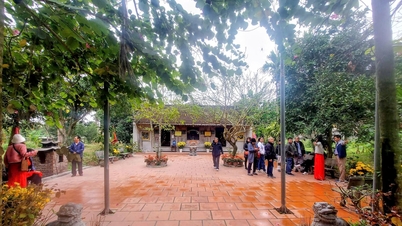













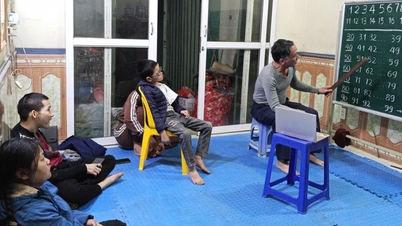
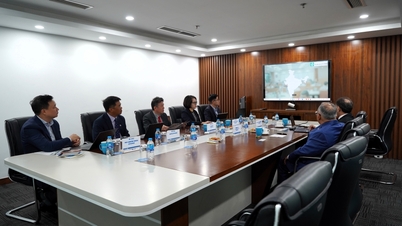












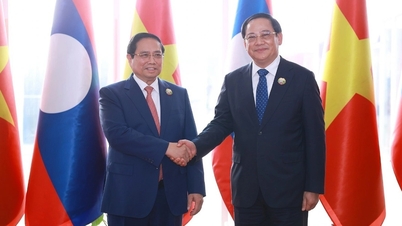

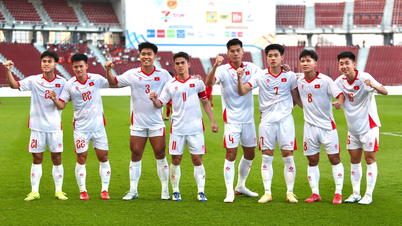












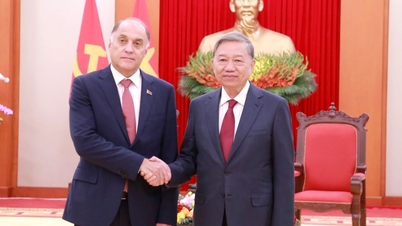
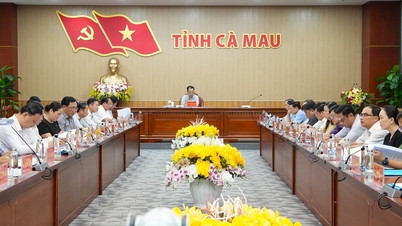






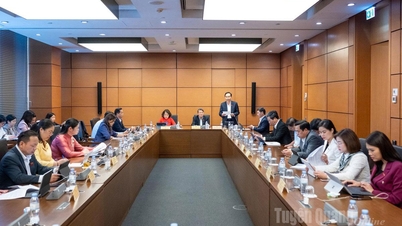














Comment (0)